Sharp-leaf Mat-rush,
Sand Mat-rush
Display all 15 images
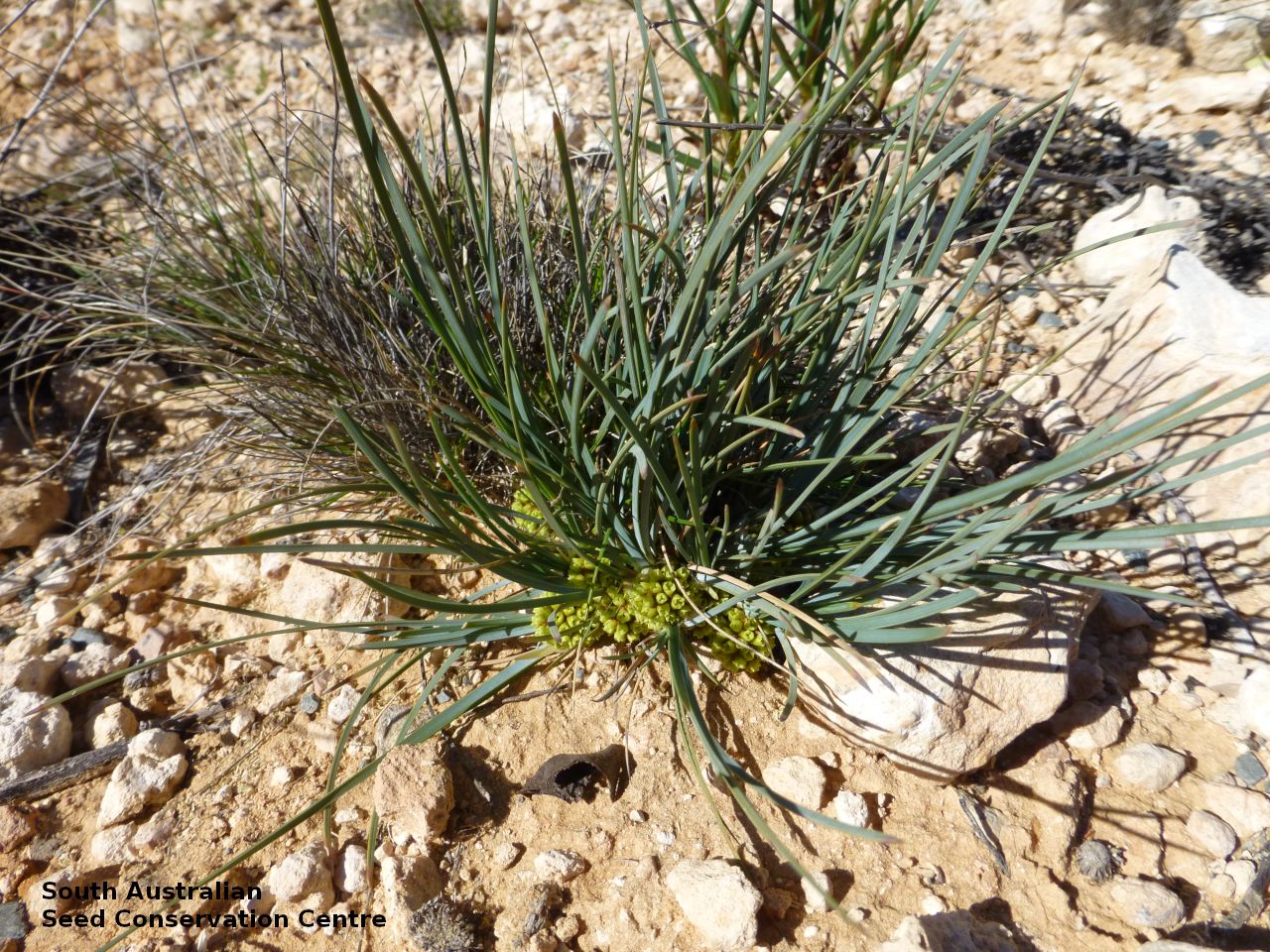
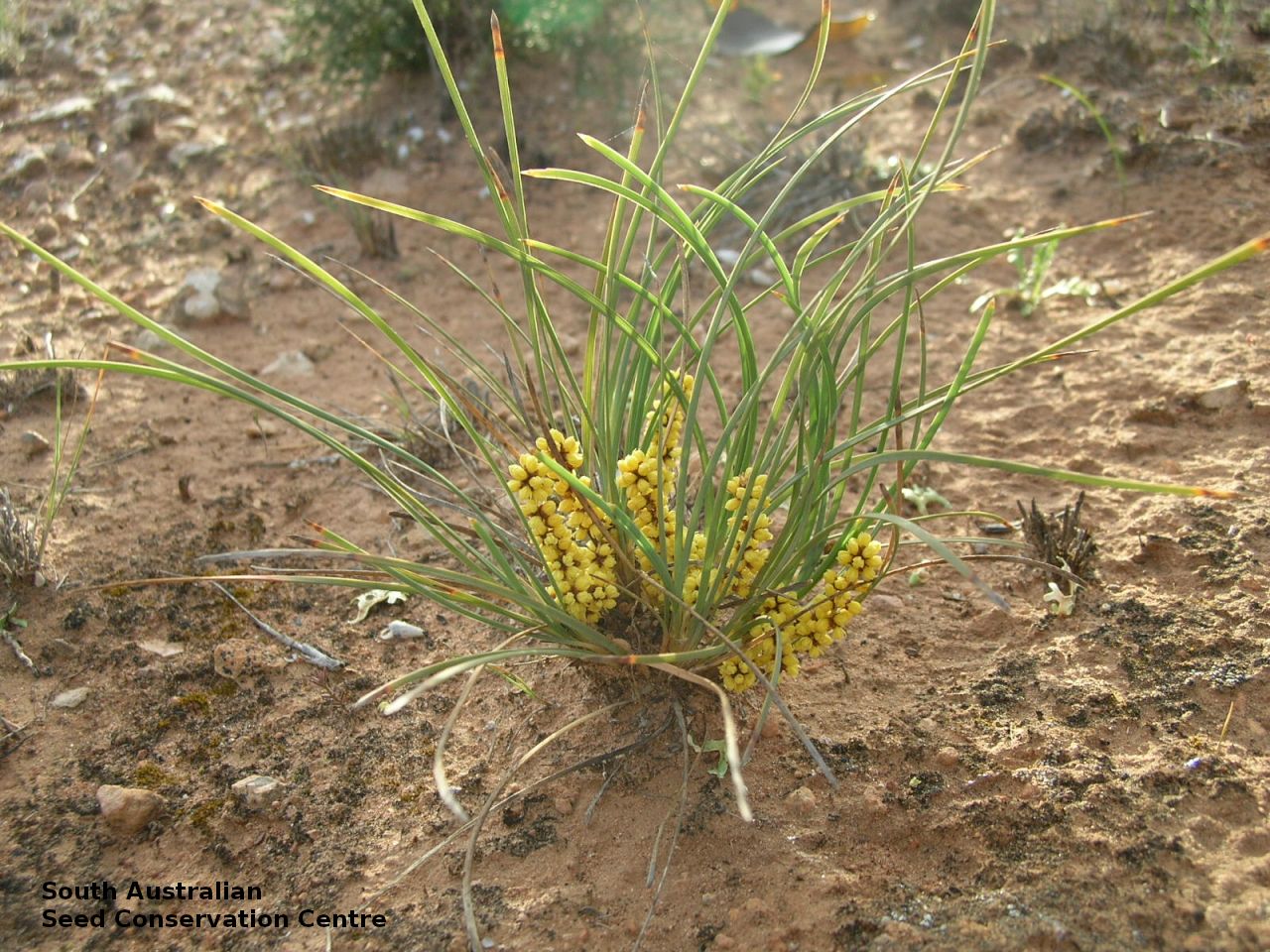

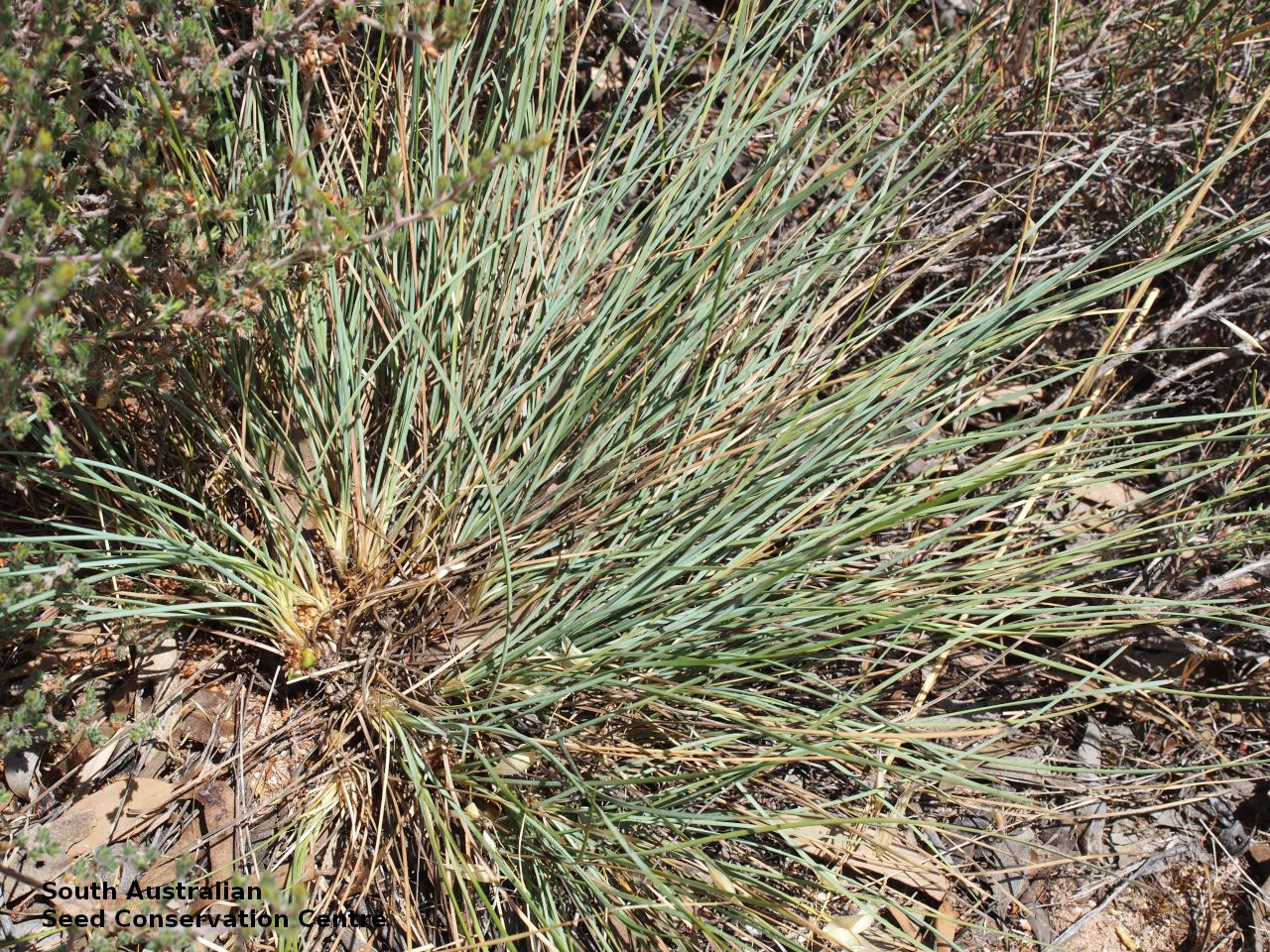
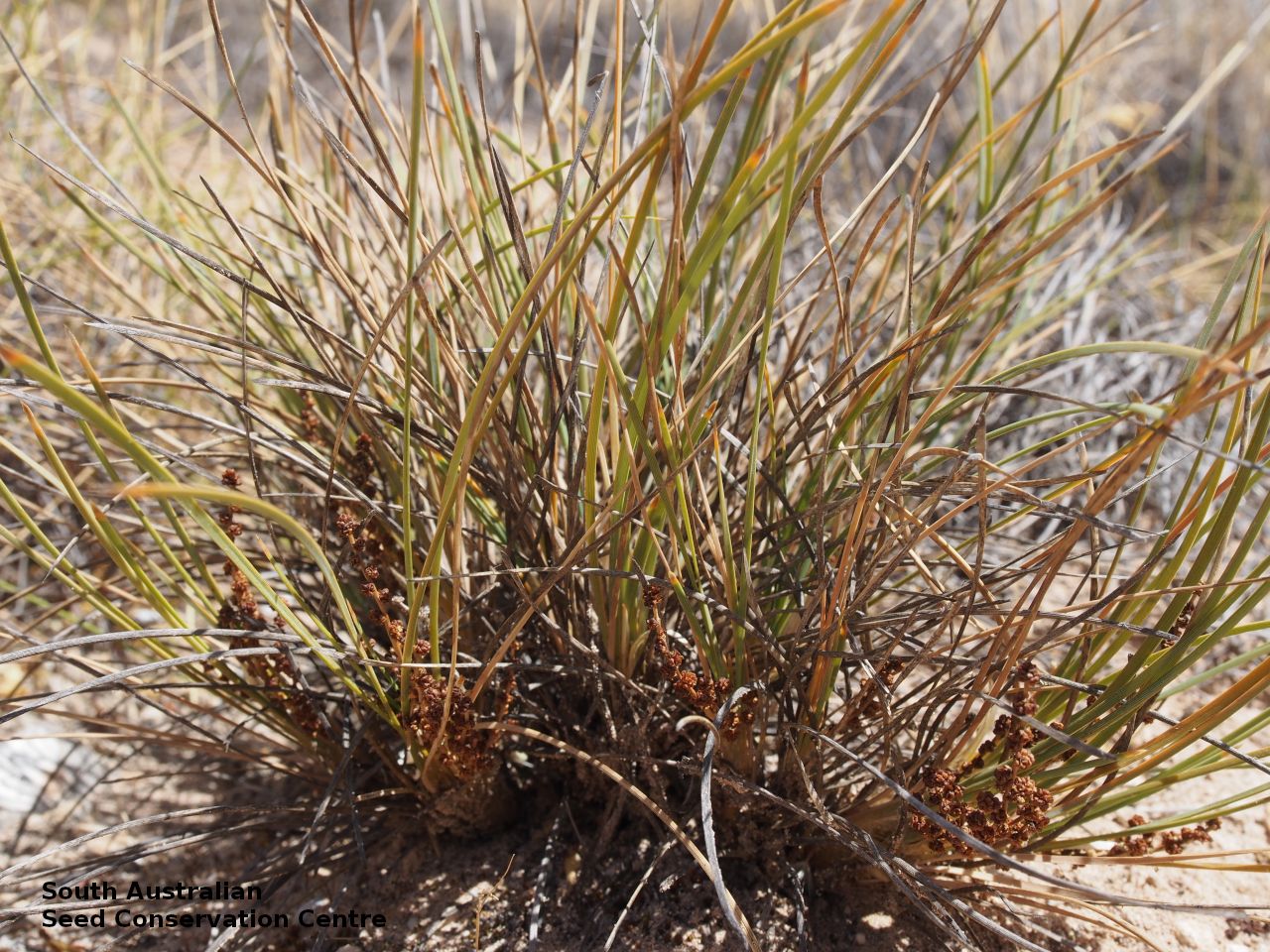
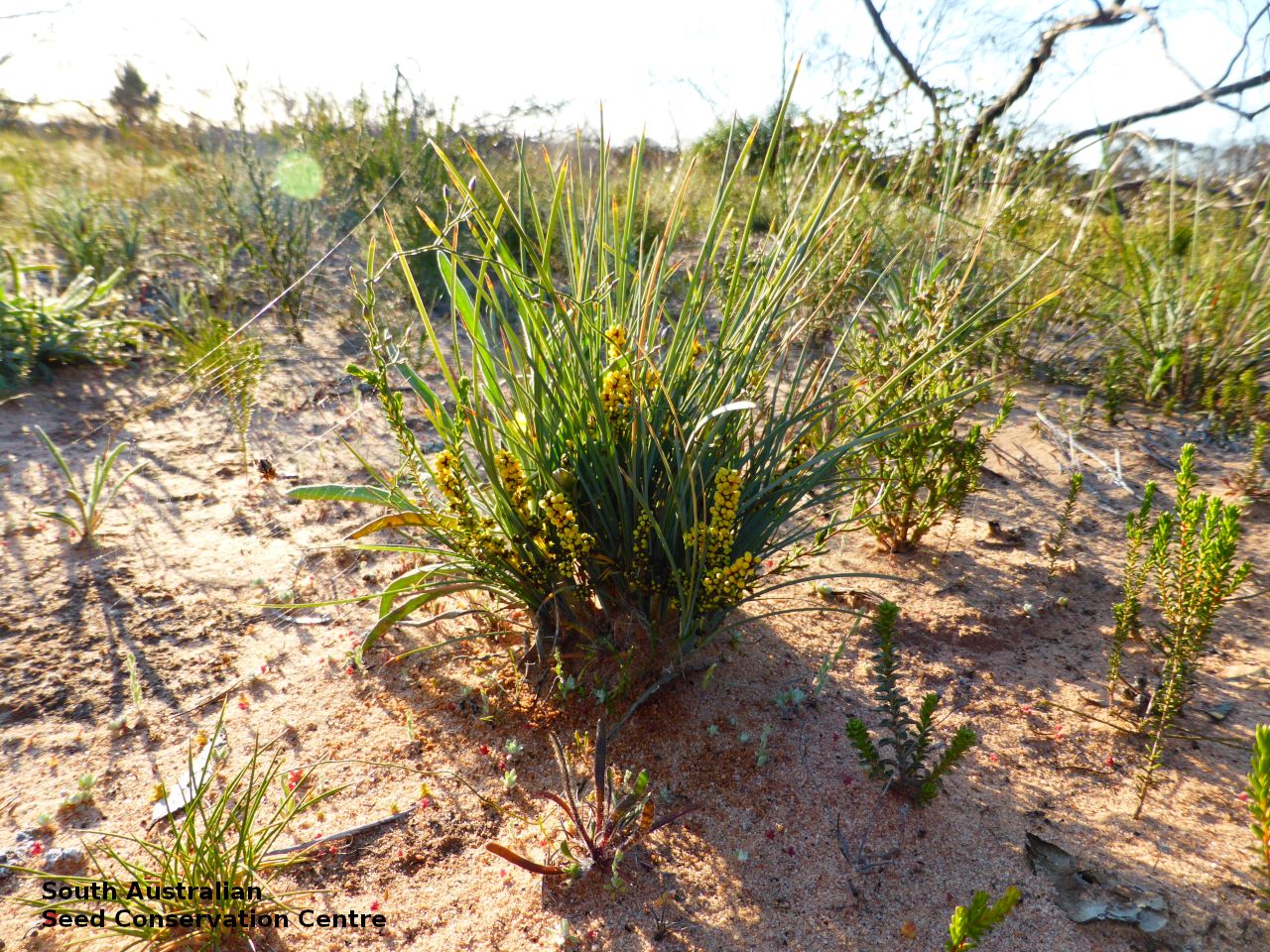
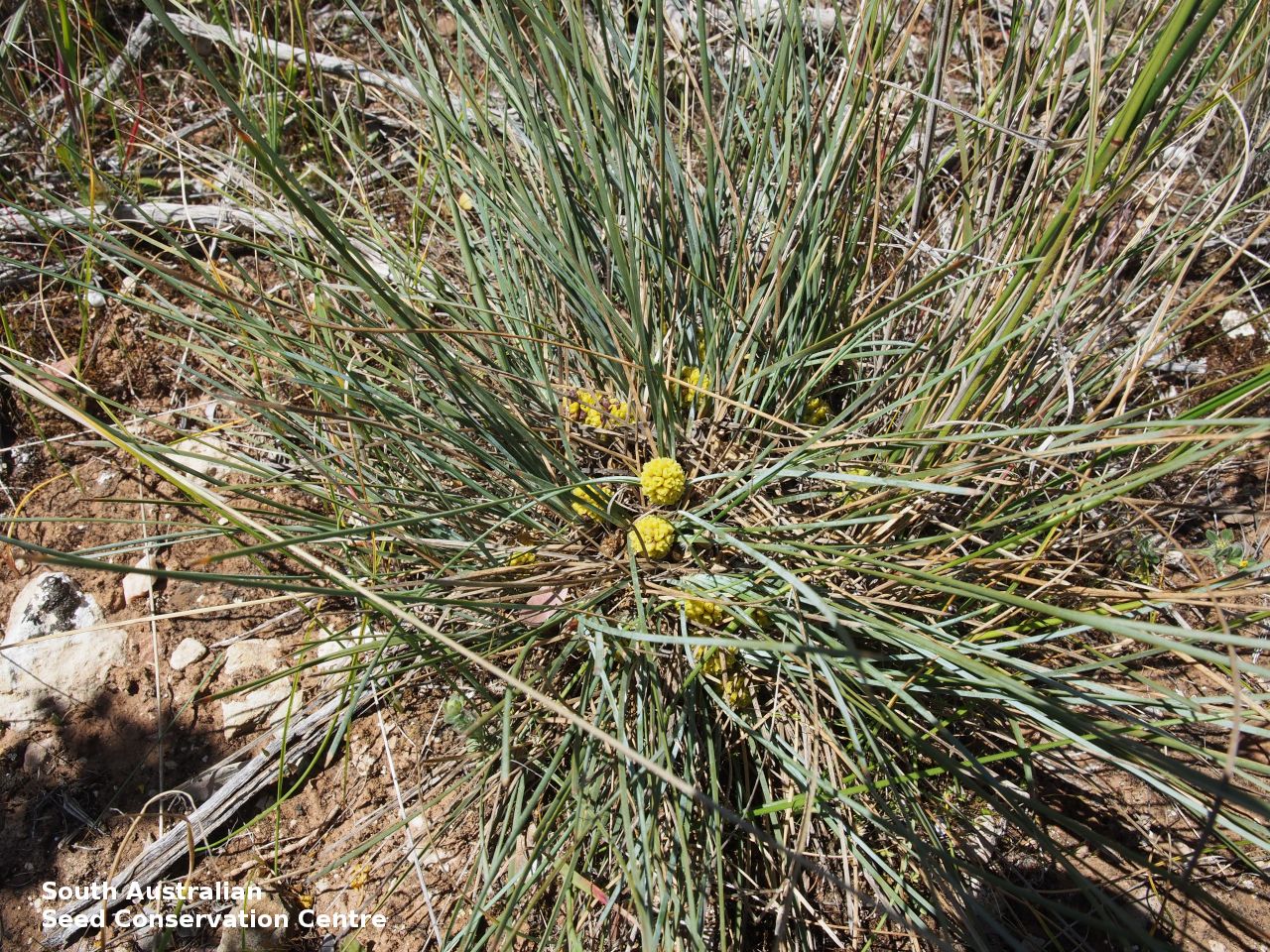
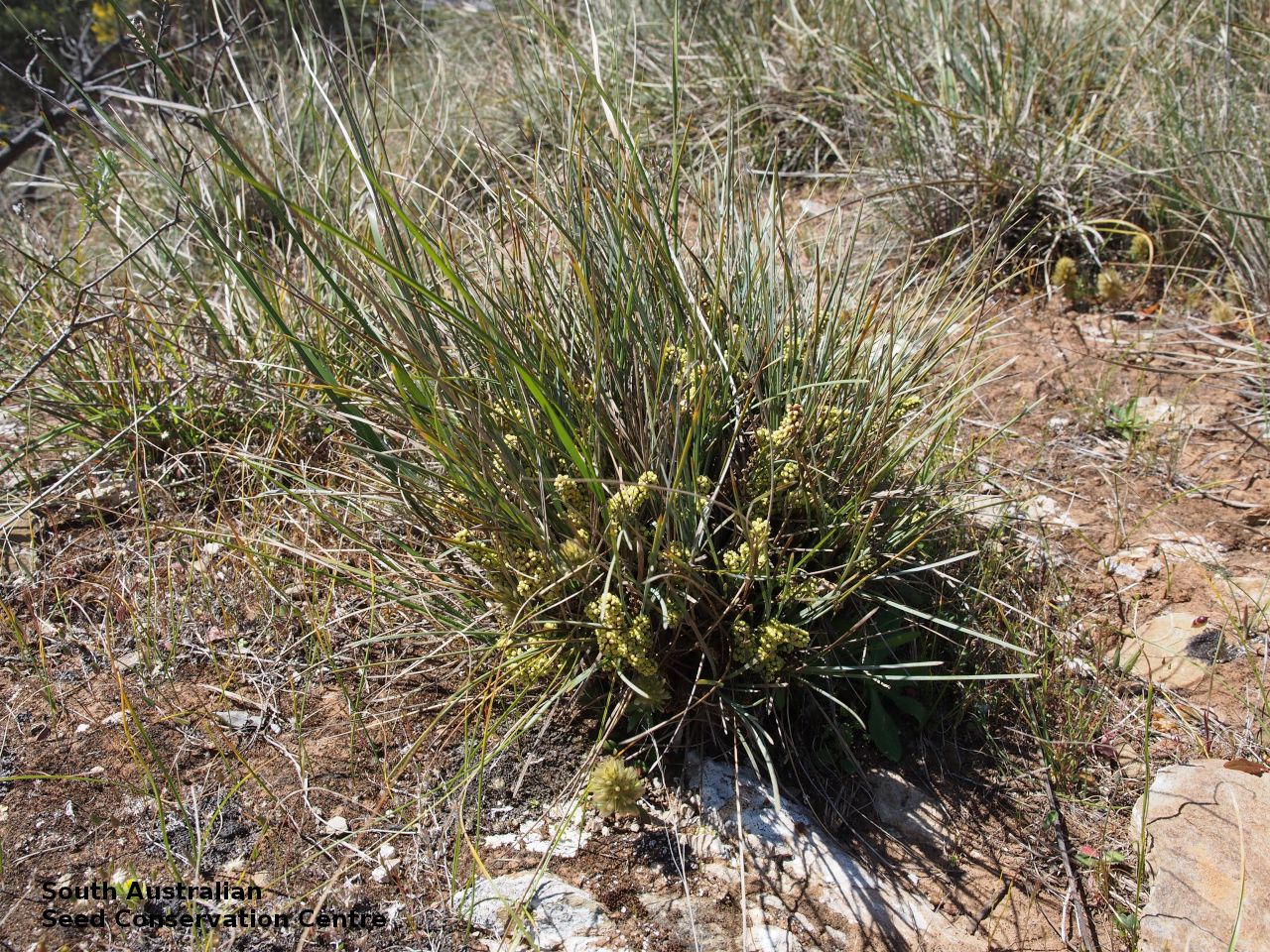
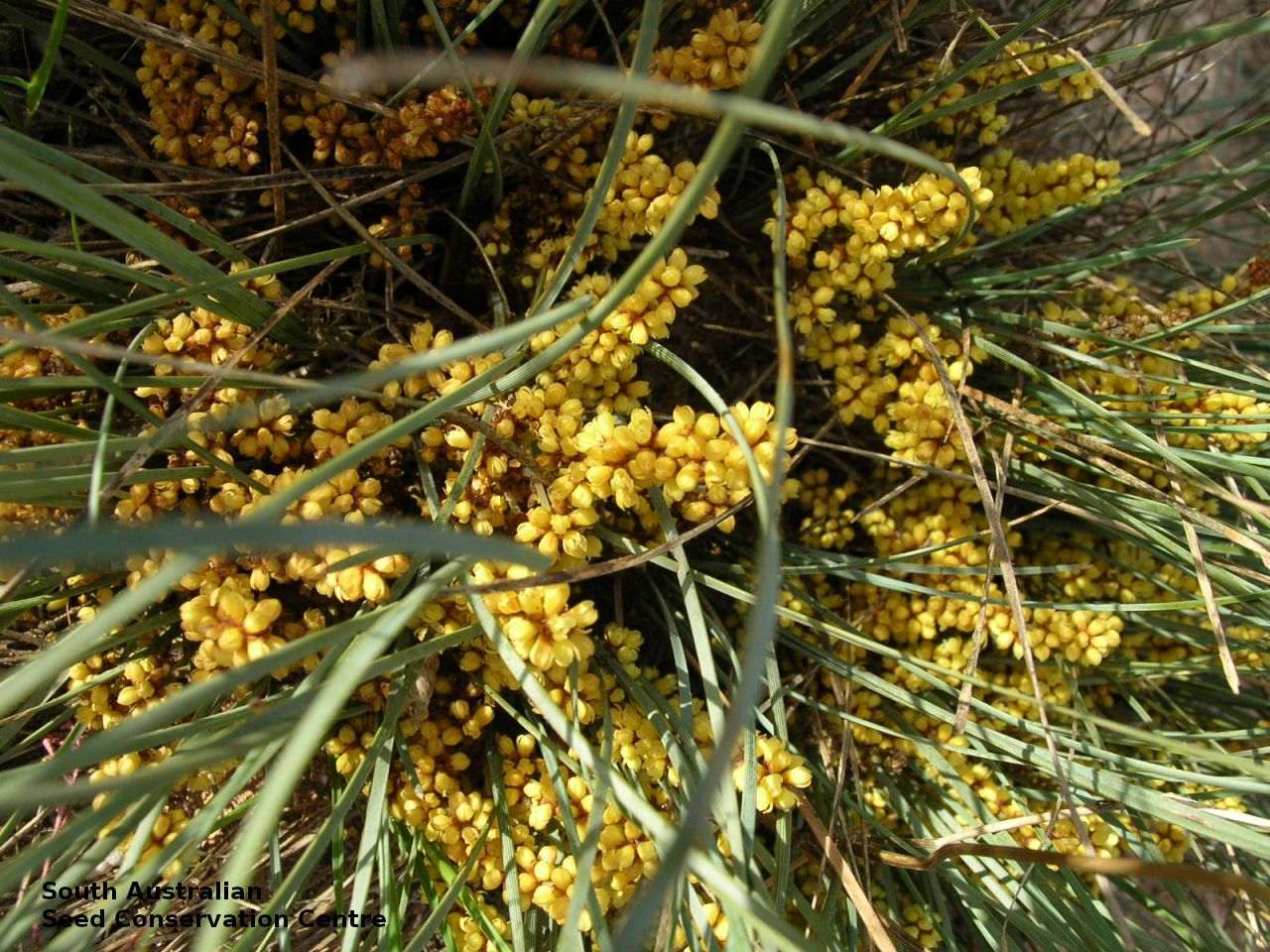
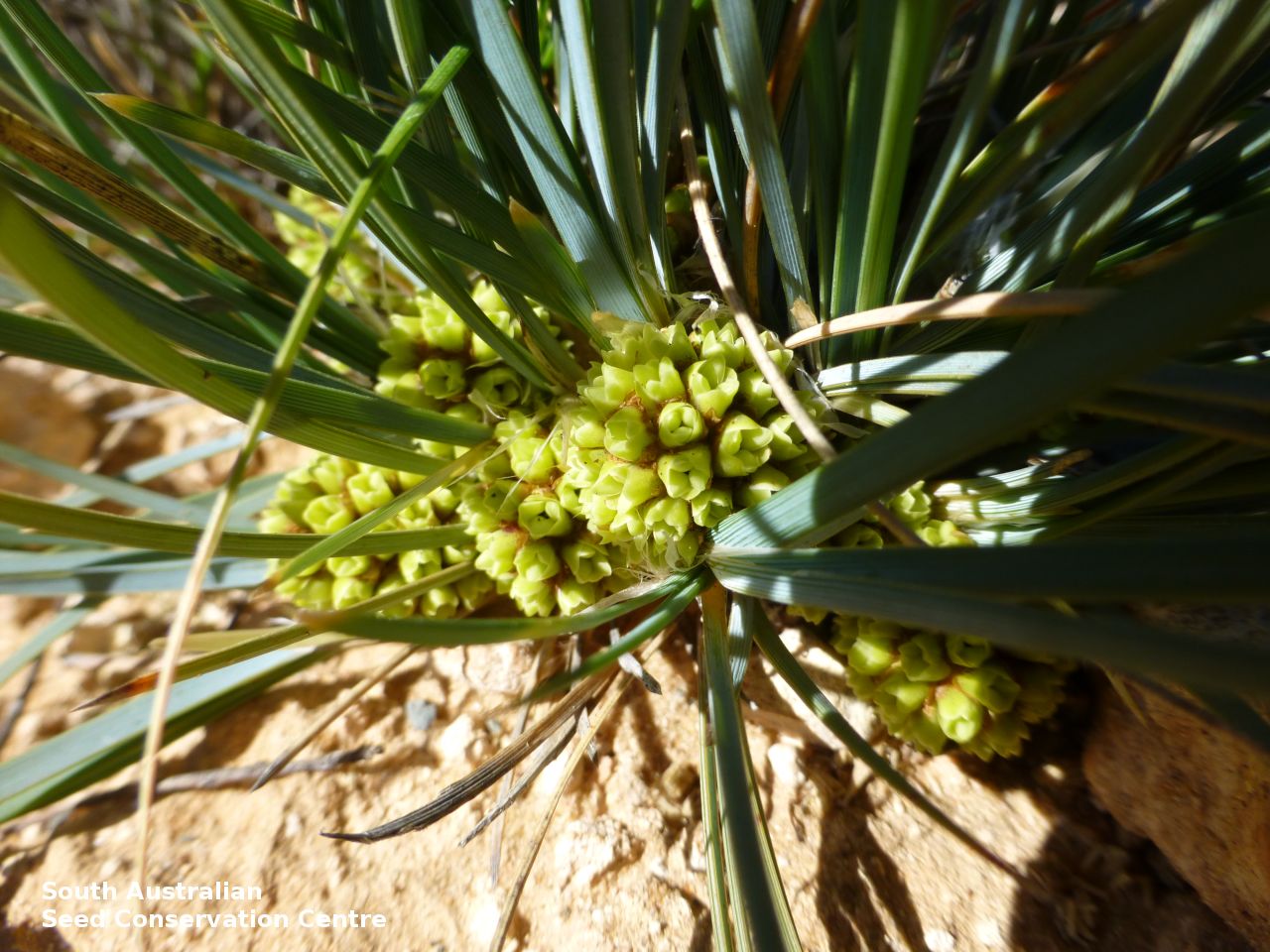
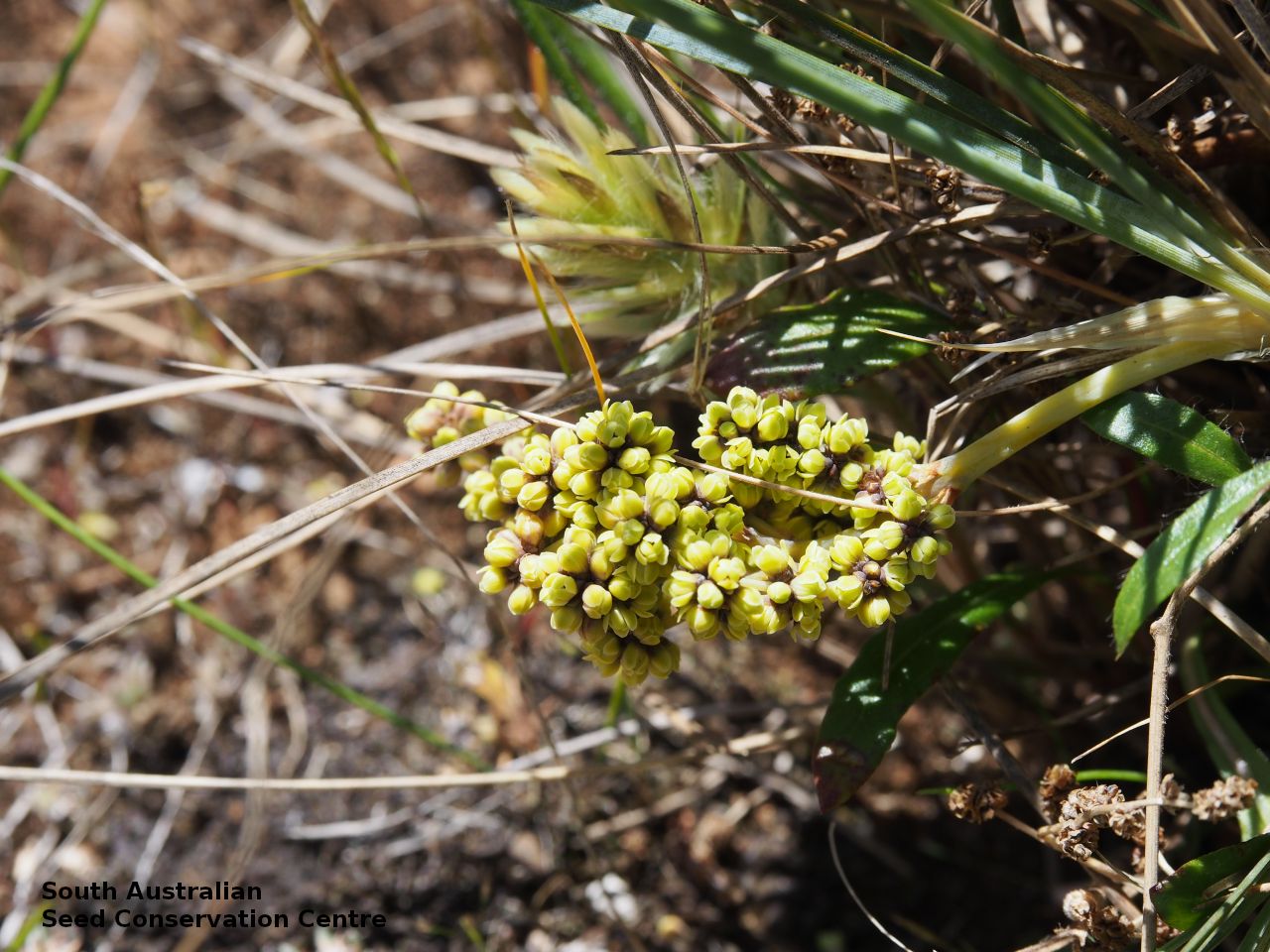
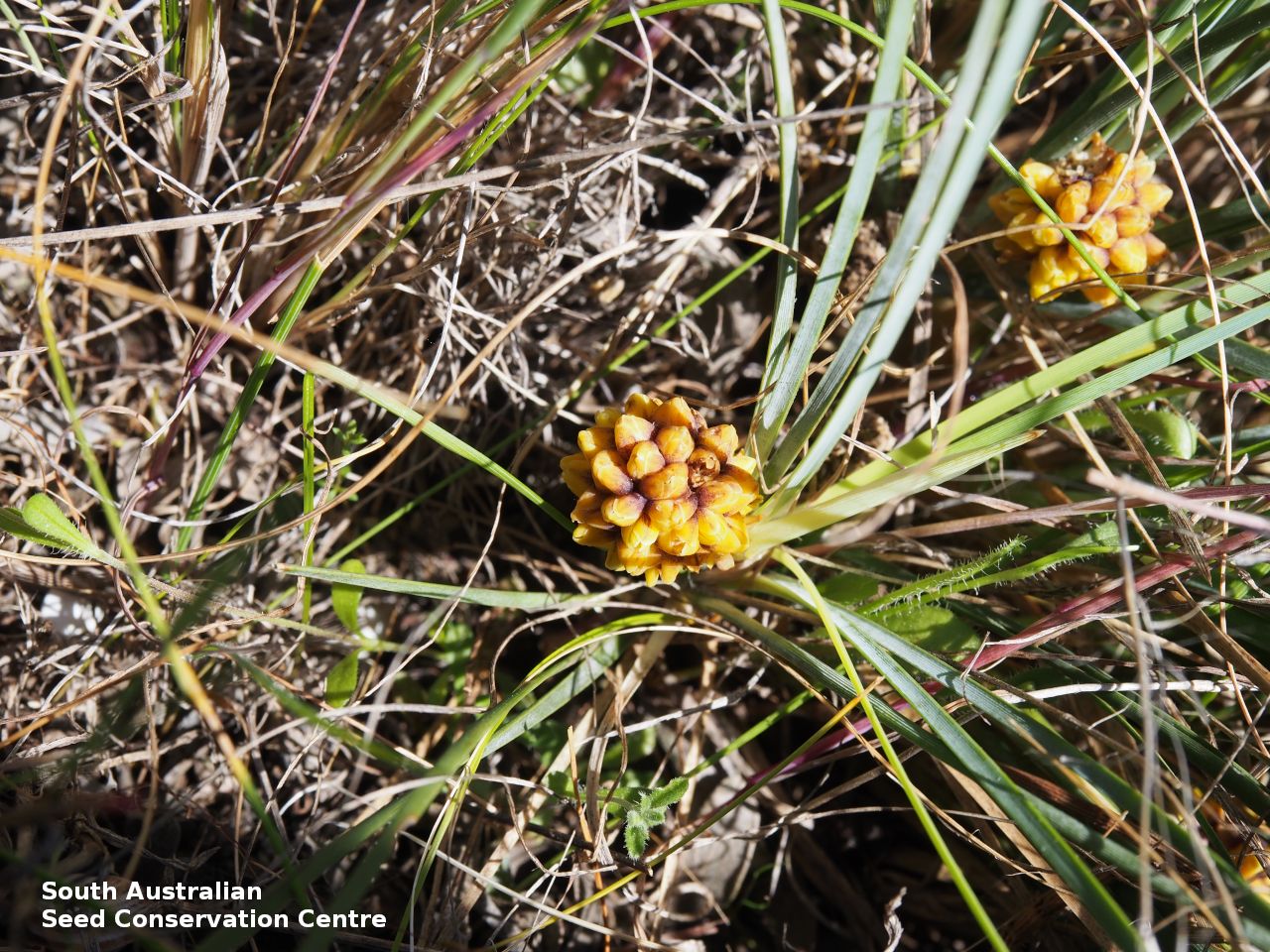
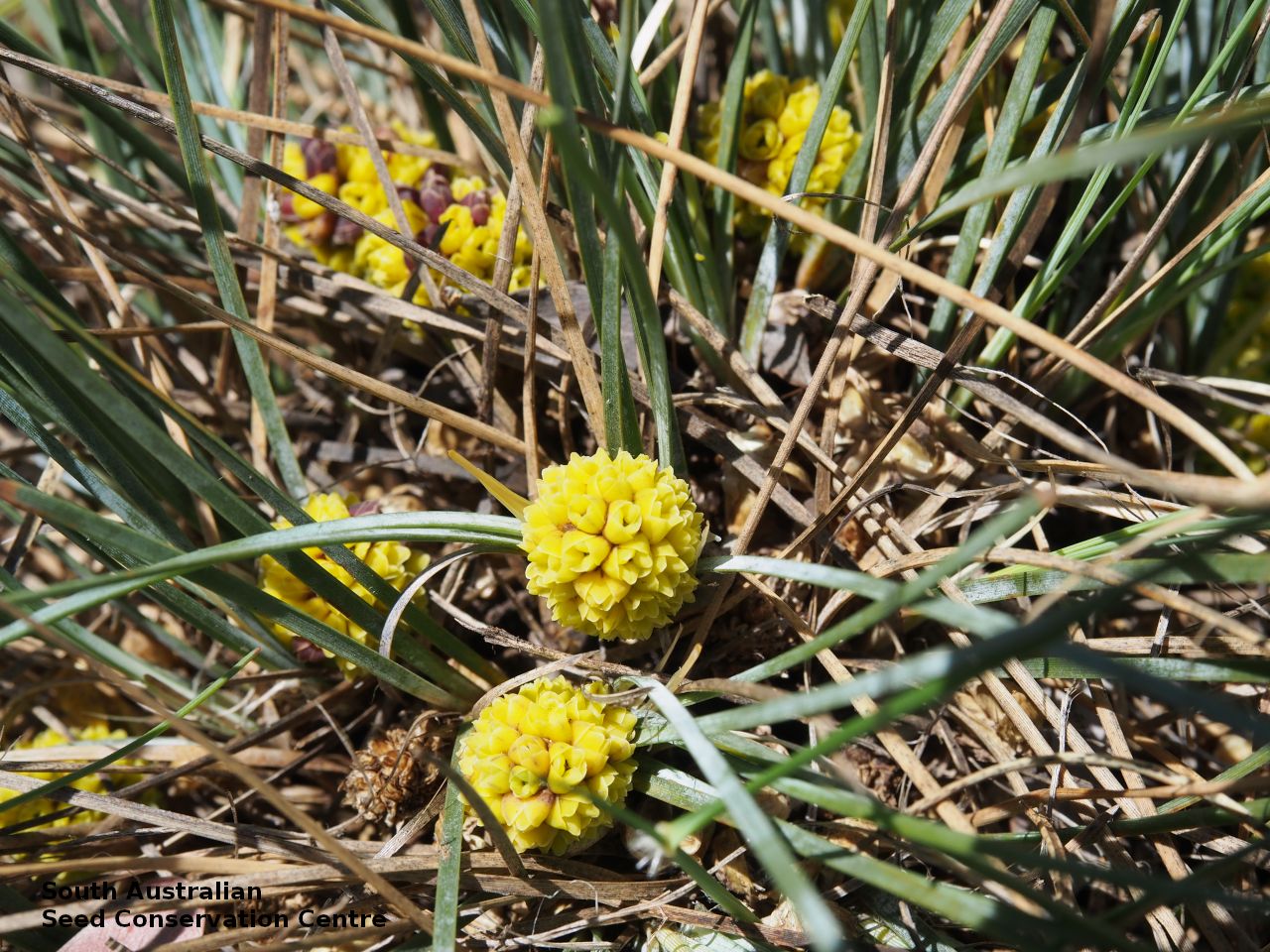
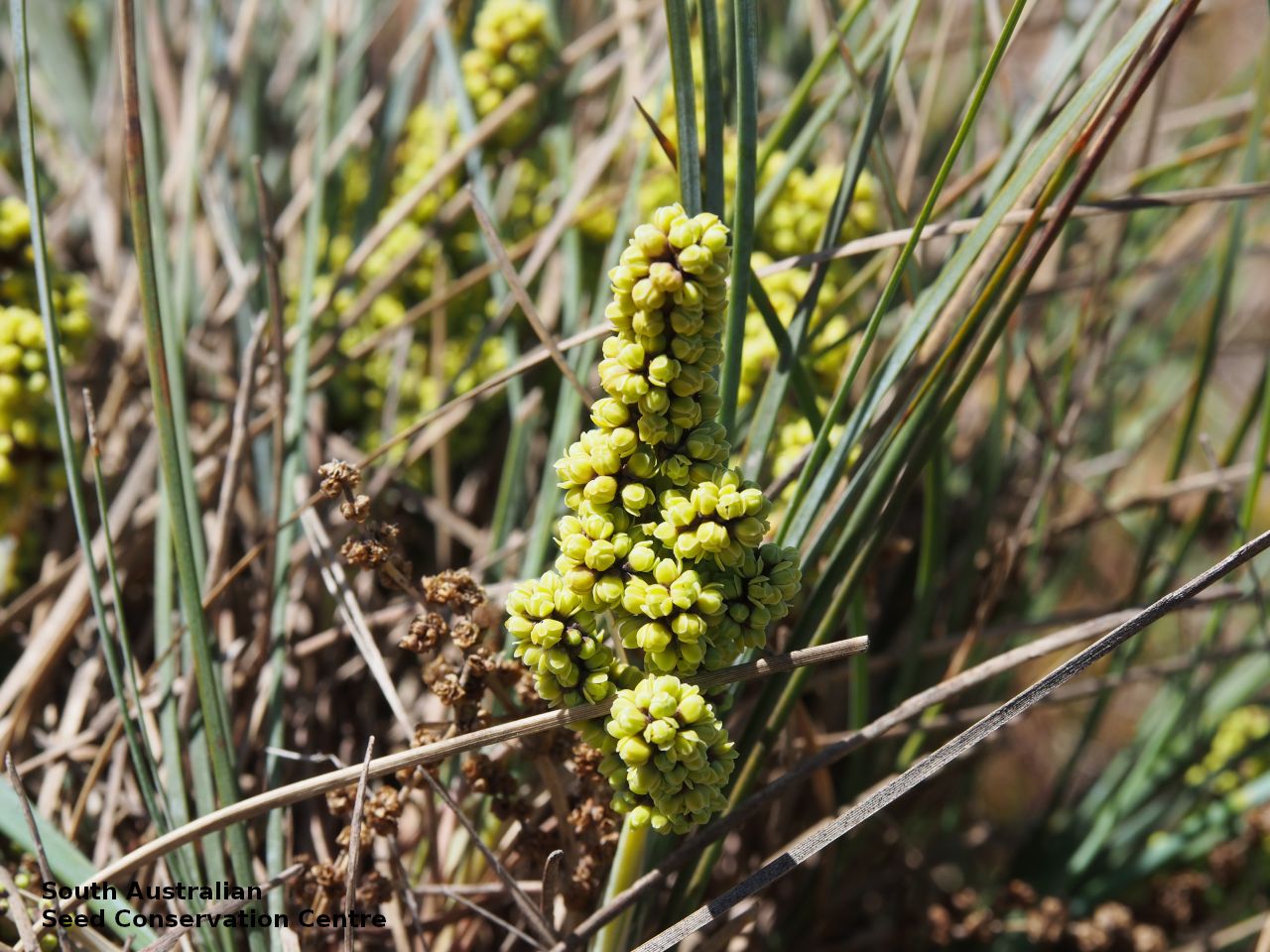
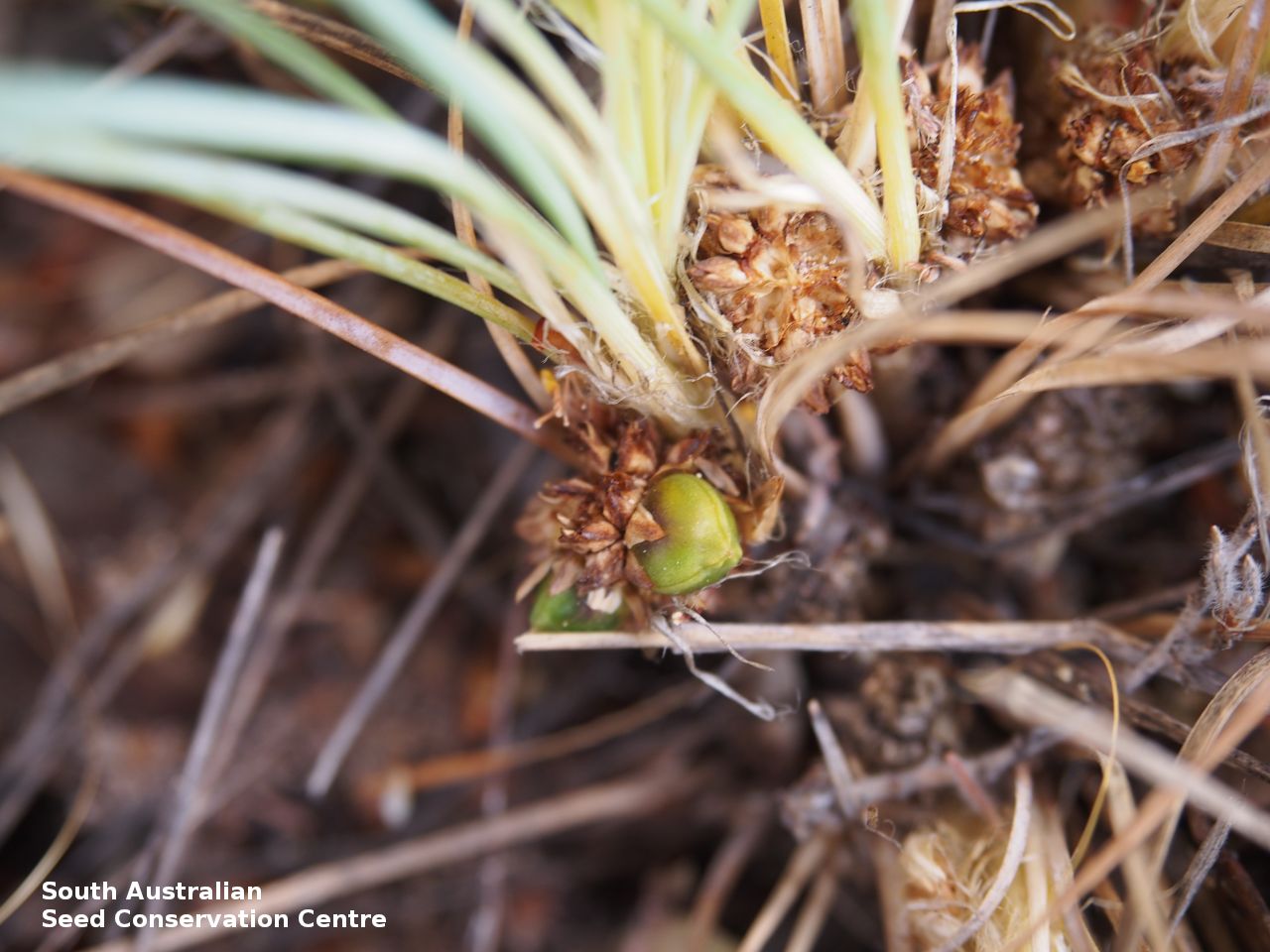
Regional Species Conservation Assessments per IBRA subregion.

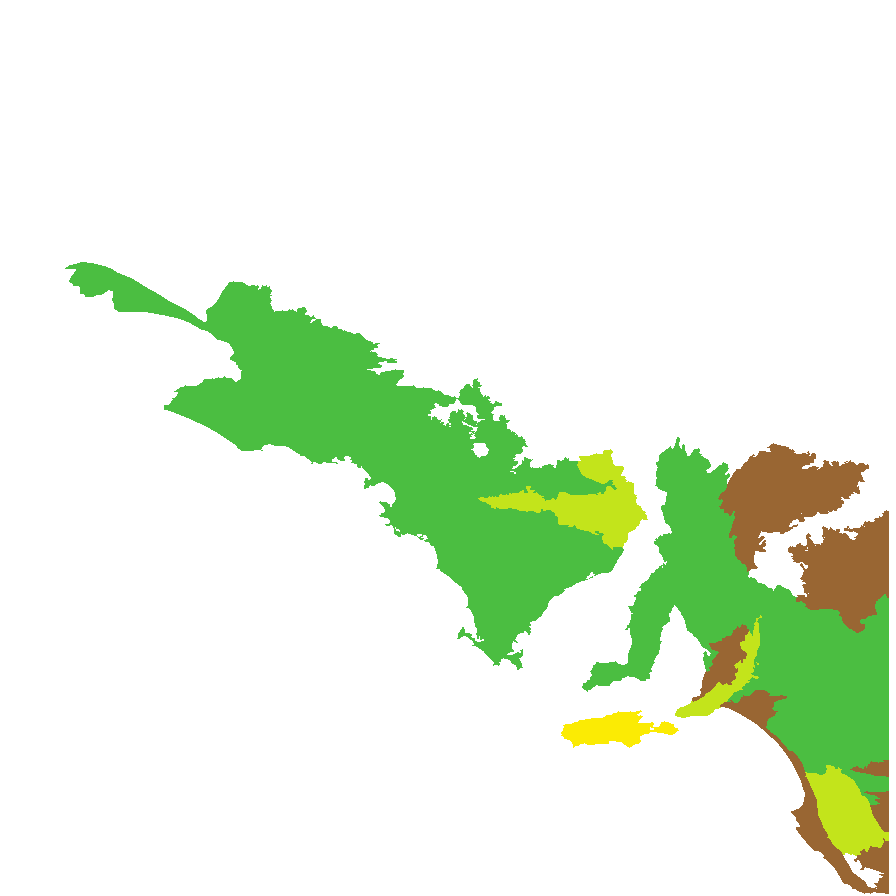
Least concern
Near threatened
Rare
Vulnerable
Endangered
Critically endangered
Extinct
Data deficient
Adelaide
Arkaroola
Ceduna
Coober Pedy
Hawker
Innamincka
Marla
Marree
Mount Gambier
Oodnadatta
Renmark
Wudinna
Keith
Yunta
Display IBRA region text
| Bridgewater (NCP01) | Naracoorte Coastal Plain | Rare (IUCN: RA d(i,ii)) [outlier records; some could be L nana] |
| Glenelg Plain (NCP02) | | Rare (IUCN: RA d(ii)) [could be L nana] |
| Lucindale (NCP03) | | Near Threatened |
| Tintinara (NCP04) | | Least Concern |
| Kangaroo Island (KAN01) | Kanmantoo | Vulnerable (IUCN: VU D1+2) [only around Stokes Bay, cliff tops; edge of range; mallee sp] |
| Fleurieu (KAN02) | | Near Threatened [mostly in reserves] |
| Mount Lofty Ranges (FLB01) | Flinders Lofty Block | Rare (IUCN: RA d(ii)) |
| Broughton (FLB02) | | Least Concern (Probable Decline) |
| Olary Spur (FLB03) | | Rare (IUCN: RA d(i)) (Probable Decline) |
| Southern Flinders (FLB04) | | Least Concern (Probable Decline) |
| Southern Yorke (EYB01) | Eyre Yorke Block | Least Concern (Probable Decline) |
| St Vincent (EYB02) | | Least Concern (Probable Decline) |
| Eyre Hills (EYB03) | | Least Concern |
| Talia (EYB04) | | Least Concern |
| Eyre Mallee (EYB05) | | Least Concern |
| South Olary Plain (MDD01) | Murray Darling Depression | Rare (IUCN: RA b) (Probable Decline) [likes sand & mallee] |
| Murray Mallee (MDD02) | | Least Concern |
| Murray Lakes and Coorong (MDD03) | | Rare (IUCN: RA d(ii)) (Probable Decline) [loss of habitat & degradation - threats] |
| Lowan Mallee (MDD04) | | Least Concern |
| Wimmera (MDD05) | | Rare (IUCN: RA d(i,ii)) [edge of range] |
| Murray Scroll Belt (RIV06) | Riverina | Rare (IUCN: RA d(ii)) (Probable Decline) [mostly unsuitable habitat] |
| Myall Plains (GAW01) | Gawler | Near Threatened |
| Gawler Volcanics (GAW02) | | Least Concern |
| Yellabinna (GVD06) | Great Victoria Desert | Least Concern |
| Yalata (NUL03) | Nullarbor | Least Concern |
| 4 of 4 subregions | Naracoorte Coastal Plain | Least Concern , Near Threatened , Rare |
| 2 of 2 subregions | Kanmantoo | Near Threatened , Vulnerable |
| 4 of 6 subregions | Flinders Lofty Block | Least Concern , Rare |
| 5 of 5 subregions | Eyre Yorke Block | Least Concern |
| 5 of 6 subregions | Murray Darling Depression | Least Concern , Rare |
| Murray Scroll Belt (RIV06) | Riverina | Rare (IUCN: RA d(ii)) (Probable Decline) [mostly unsuitable habitat] |
| 2 of 8 subregions | Gawler | Least Concern , Near Threatened |
| Yellabinna (GVD06) | Great Victoria Desert | Least Concern |
| Yalata (NUL03) | Nullarbor | Least Concern |
Botanical art
Kath Alcock paintings: 11
Prior names
Xerotes collina
Lomandra glauca ssp. collina
Common names
Sharp-leaf Mat-rush
Sand Mat-rush
Etymology
Lomandra from the Greek 'loma,' meaning edge, border or fringe and 'andros', meaning a male, alluding to the circular margin of the anthers in some species. Collina from the Latin 'collinus', meaning dwelling on hills, alluding to the species' preferred sand (hill) habitat.
Distribution and status
Found in the southern part of South Australia from the Nullarbor to the lower South-east, growing in mallee communities on red sandy soils. Also found in Western Australia, New South Wales and Victoria. Native. Common in South Australia. Common in the other States.
Herbarium regions: Nullarbor, Flinders Ranges, Eyre Peninsula, Northern Lofty, Murray, Yorke Peninsula, Southern Lofty, Kangaroo Island, South Eastern, Green Adelaide
NRM regions: Adelaide and Mount Lofty Ranges, Alinytjara Wilurara, Eyre Peninsula, Kangaroo Island, Northern and Yorke, South Australian Murray-Darling Basin, South East
AVH map: SA distribution map (external link)
Plant description
Perennial herb with short stems forming dense tussocks or mats. Basal sheaths becoming fibrous. Leaves to 50 cm long and 2 mm wide; filiform, scabrous. Male inflorescence much shorter than leaves, scape exposed for up to 5 cm, rachis usually well branched, to 10 cm long. Female inflorescence to 10 mm diameter; scape usually exposed for up to 3 cm. Flowers yellow, between August and November. Fruits are pyramid-shaped capsule. Seed embryo type is linear, underdeveloped.
Seed collection and propagation
Collect seeds between November and January. Collect mature fruits, turning brown with a hard seed inside, or when they are starting to split. Place the capsules in a tray and leave to dry for one to two weeks. Then rub the capsules gently by hand to dislodge the seeds. Use a sieve to separate the unwanted material. Store the seeds with a desiccant such as dried silica beads or dry rice, in an air tight container in a cool and dry place. This species has morpho-physiological dormancy and can take several weeks to germinate.
















